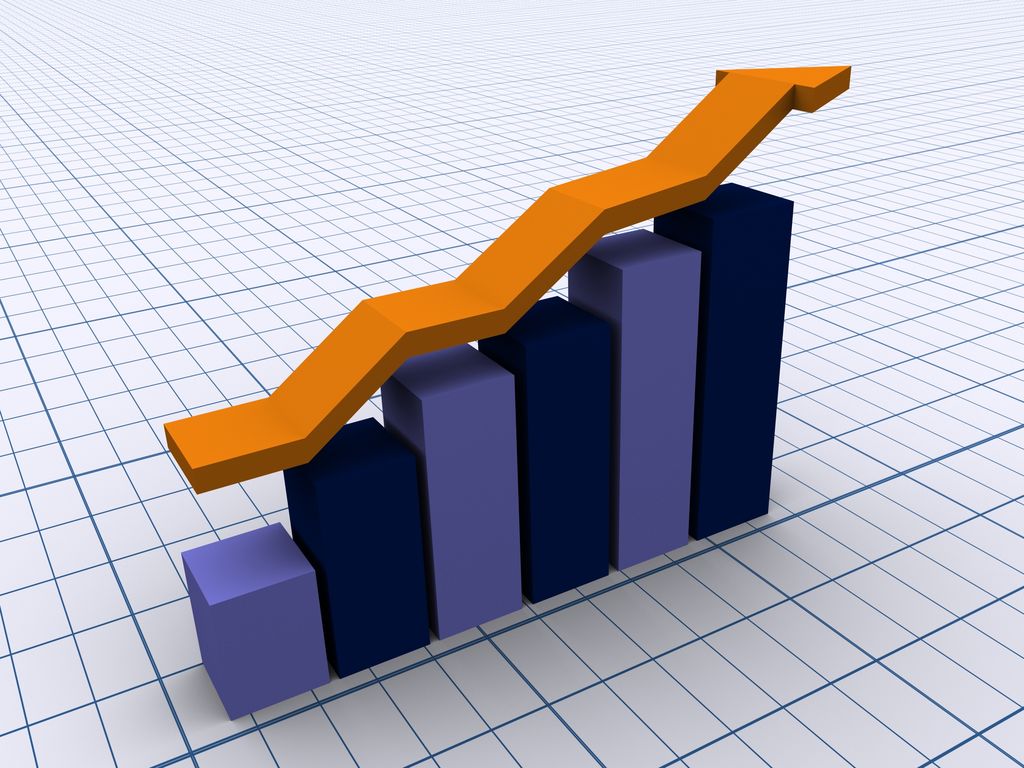GROSS DOMESTIC PRODUCT GROWTH EXCEEDED ANALYST EXPECTATIONS IN THE FIRST QUARTER

The Croatian economy grew by 2.5 per cent in the first quarter of this year, faster than in the previous quarter and more than analysts' expectations. Growth was mostly contributed by personal consumption
According to the first estimate released by the Central Bureau of Statistics (CBS) on Wednesday, the gross domestic product in the first quarter of this year accelerated the real annual growth rate to 2.5 percent (according to original data), which is above expectations of analysts. However, according to seasonally adjusted data, annual growth in GDP slowed down at 1.5 percent a year, confirming the slowdown in the economy, according to analysts Raiffeisen. Compared with the previous quarter, the growth rate was 0.2 percent.
"Although real GDP is growing, seasonally adjusted data show slower growth. The reason for this is the rise of Easter that this year took place in the first quarter, while in the last two years it has fallen under the second quarter, " said Marko Krištof, director of the CBS.
The CBS revised historical data annually for the period 2000 to 2016, with the largest change being recorded in 2016: the real annual growth rate was revised from 3.2 to 3.5 percent.
PERSONAL CONSUMPTION AS MAIN GENERATOR OF GROWTH
In parallel, Croatia's second quarter is in a row lower than the average growth rate of the EU 28. In the first quarter of this year, the real, seasonally adjusted growth rate in the EU 28 was 2.4 percent. Only Romania and the United Kingdom are worse than Croatia.

According to the expectations, a positive contribution to the growth of the Croatian economy came from all components of domestic demand. The biggest contribution to growth was the most significant component of GDP, personal consumption, which in the observed period accelerated real annual growth to 3.9 percent. Personal consumption growth contributed to improvements in the labor market and the growth of disposable income supported by tourism inflows, according to Raiffeisen analysts.
In the first quarter of 2018, government spending slowed real annual growth to 2.8 percent, probably due to the continuation of fiscal discipline.
Raiffesen analysts point out that it is encouraging continued annual growth in gross fixed capital formation - thirteen quarters in a row. In the period from January to March, the growth accelerated to 3.6 percent, which can be attributed to better use of funds from EU funds.
MODEST INDUSTRIAL PRODUCTION AND EXPORT
On the other hand, the impact of exports on GDP in the first quarter was negative for the first time since 2013. After a sharp slowdown in the annual growth rate of exports of goods in the previous quarters, commodity exports declined by 1.5 percent in the first quarter of this year. The growth in export services slowed down to 2.1 percent. Overall, the real growth of exports of goods and services recorded a negative annual growth rate of 0.5 percent, according to analysts Raiffeisen.
With the growth of imports of goods by 4.5 percent and import of services by 11.2 percent, supported by the growth of exports of services and domestic demand, imports of goods and services grew at a 5.5 percent rate. Again, the high import dependence of the domestic economy, which mostly stems from low competitiveness, comes to the fore, according to analysts Raiffeisen.
Gross value added by production method also accelerated with annual growth rate: according to original data, BDV grew by 1.9 percent. Accelerating economic activity is noticeable in the manufacturing industry (+ 1.3%) and in information and telecommunications (+ 4.8%). In line with investment growth, construction accelerated growth to 2.1 percent. Finally, the biggest contribution to the positive developments of BDV was recorded in retail trade and wholesale, the gross value added of which increased by 4.1 percent per year.
After two low quarters of agriculture, agriculture started to recover slightly. The industry also has a positive growth of 0.8 percent. There is a noticeable decrease in the activity of financial services, while insurance is positive.
PROGNOSIS: REAL ANNUAL GROWTH FOR 2.3 PERCENT
It is quite certain, Raiffeisen analysts estimate, that personal consumption will remain the main growth holder in the coming quarters, where indicators of business optimism in trade and services, as well as indicators of consumer confidence, show an upward trend.
The opposite direction will surely show modest results in the movement of industrial production and exports that are partly due to the slowdown of economic activity on the Croatian export markets.
At the 2018 level, analysts Raiffesen remain on the prognoses of real annual growth of the economy by 2.3 percent. Their predictions remain exposed to positive risks, especially if Croatia records another record-breaking tourist season that would impact a stronger export service growth and stronger personal consumption than anticipated expectations.
A major departure from their forecasts is being pushed through stronger imports that will in the scenario reduce the positive effects of exports of services and spending. On the other hand, investments, especially public, remain volatile and difficult to predict component dependent on the ability or success of withdrawal of funds from EU funds.



